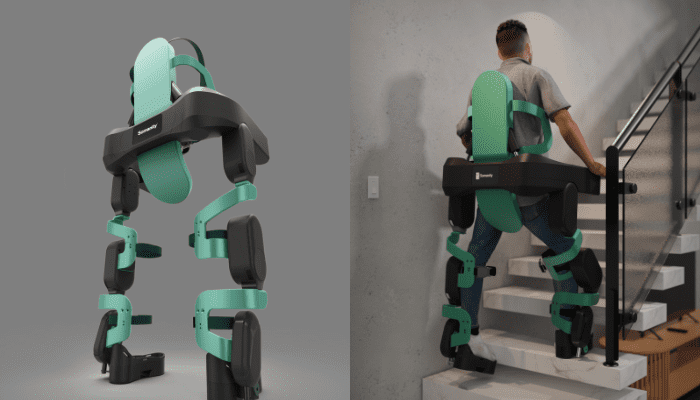Several years ago, the Auburn University Biomechanical Engineering Laboratory (AUBE LAB) spawned XO Armor, which uses 3D printing to help college sports teams heal faster. XO Armor uses desktop Material Extrusion machines to make custom 3D printed orthotics while patients wait. In 2024, the company won a $1.5M SBIR award for Mobile Offline Manufacturing, or MOM. The SBIR award aimed to create an offline accessible tested library of 5,000 printable devices, enable local and offline printing of these devices, and make that system easy to use, with algorithms allowing for easy customization of 3D files. MOM is a super ambitious and very relevant development—it could give soldiers quick access to devices like prosthetics and braces in the field, which could help them heal and return to their units more quickly. Beyond that, the system could also be used to locally 3D print many other things.
It’s no surprise, therefore, that XO Armor just announced a pivot more towards the military. The company is also a part of the Montgomery TechLab’s (MTL) Defense Accelerator and has released a military first responder product.
XO Armor CEO Joe Bingold said that the defense accelerator program “not only increases our interaction with the Department of Defense stakeholders, but also helps us refine our business model and strategic approach to commercialization. As a Navy veteran, I am impressed by the new level of collaboration we are seeing across the different sectors within the Department of Defense. Accelerator programs like Montgomery TechLab are truly making an impact for the sustainability of our military forces.”
The company’s Chief Research Officer Michael Zabala says this is a “a powerful example of how Auburn Engineering research can translate into real-world impact,” and that to “see something that began in the AUBE Lab as an effort to help Auburn football players now growing into a technology that can directly support the U.S. military makes me pretty proud.”
XO Armor could potentially bring its technology to hundreds of prosthetics clinics worldwide. It could also offer prosthetics in Nike stores across the US, or perhaps offer braces via Walgreens or something similar. The company could collaborate with specialized running stores to make high-end insoles for runners, for example. XO Armor has lots of options. I think it is important to realize that they have these choices because they developed the scan-to-orthopedic device workflow to use desktop machines to 3D print devices locally. The company didn’t just make a 3D printed device: this is a deployable workflow solution which enables others to make devices quickly. That integrated risk-subsuming approach makes the solution one that others can adopt more easily. XO Armor is a startup that solves a problem of the labor needed to produce devices locally. This can then be deployed to make a college sports team less injury-prone, or to help soldiers get braces and other medical devices.
Even if the firm automated everything, there is no replacing a prosthetist. Badly made or badly fit devices can worsen long-term injuries or create new ones. Generally however, this is a firm with a plan, a product, and a future. It is notable that given all of these opportunities, XO Armor is not trying to become the Under Armour of braces, or do in over-the-counter hearing aids. No, this firm is moving towards the military because it considers this to be a better business move. This is yet another sign of the outsized influence of the US military over additive at the moment. I think that the end-to-end solution and reliance on desktop systems is exactly the right play for right now. I hope to see many more companies that are doing the exact same thing as XO Armor, but for lots of different applications.













-1.png)


